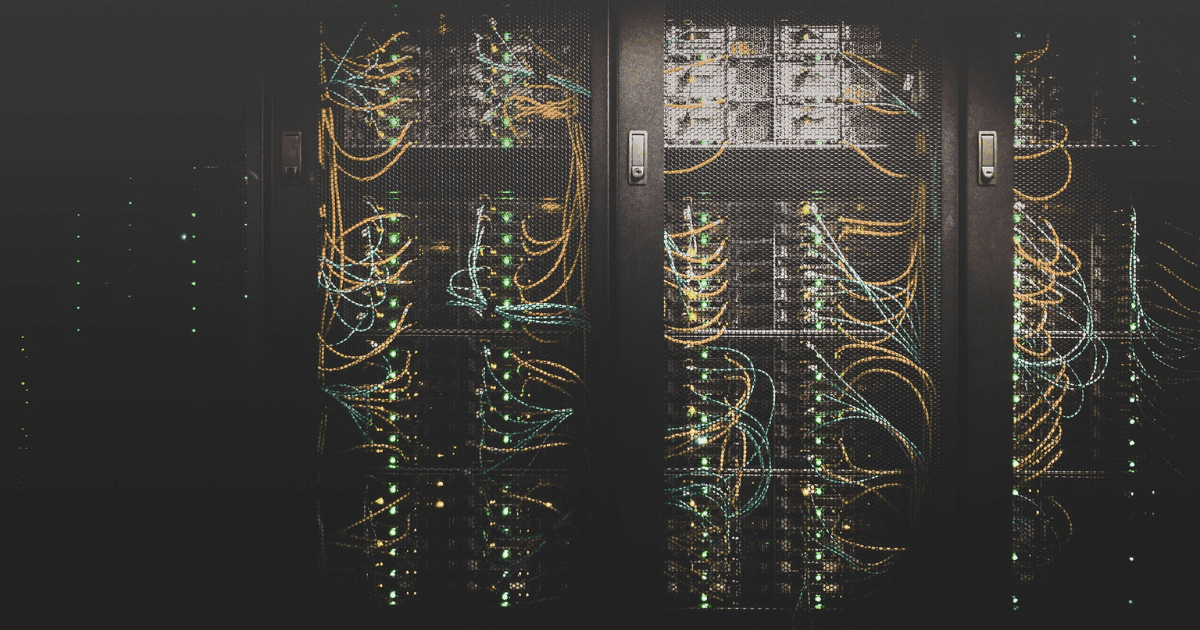Last Updated on 13 February 2024 by Alastair Digby
Most security leaders understand the importance of penetration testing in evaluating security defences through simulated attacks on IT infrastructure and application layers. But standard pen tests only provide point-in-time snapshots of your security posture and any weaknesses.
The dynamism and complexity of modern IT environments are such that ad hoc penetration tests (usually only carried out once or twice per year) don’t provide enough assurance about security. Continuous penetration testing is a new approach that aims to cut the time it takes to identify and remediate the kinds of weaknesses that real-world threat actors seek to exploit.
Keep reading to get a full overview of what continuous penetration testing is and why you should consider it.
Table of Contents
What is Continuous Pen Testing?
Continuous penetration testing is an approach to pen testing that simulates continuous attacks on your web applications and IT infrastructure.
Threat actors target organizations continuously to discover and exploit new vulnerabilities. Organizations must remain highly vigilant and by implementing continuous penetration testing it enables a more proactive approach to discover and remediating vulnerabilities than traditional point-in-time security assessment.
Ever-Changing Perimeter and Threat Landscape
Modern development approaches such as DevOps aim to regularly update internal and customer-facing business web applications and IT infrastructure with new features. Cloud-native application architectures facilitate the rapid scaling of apps such that the cloud infrastructure supporting those applications regularly changes with new cloud instances spun up in minutes. Network environments also constantly change as employees alter between working at the office and at home.
The threat landscape is also dynamic. Threat actors don’t just band together at an annual summit and come up with new ways of doing things. Malicious hackers constantly probe networks and innovate their tactics in an attempt to find new vulnerabilities.
This constant level of change makes it hard for security teams to rely on the results of traditional penetration testing. What happens if critical vulnerabilities creep into your environment between rounds of penetration testing? These vulnerabilities remain unseen by you and accessible to hackers who can cause a range of undesirable business outcomes, from application downtime to data breaches.
What Are the Types of Penetration Testing?
Before getting into what continuous penetration testing entails, it’s worth a brief refresh on the three types of penetration testing:
- Black box pen testing in which the tester gets no prior knowledge of the environment or system being targeted
- Grey box pen testing, which provides testers with limited information about target systems, such as the infrastructure and network architecture
- White box tests that share full network and system information with the tester, including the source code of applications
The scope of any of these penetration tests might encompass your entire IT environment or just focus on specific aspects, such as web application security, human security (social engineering), Internet-accessible systems, or internal network controls. The underlying goal of all these test types and methodologies is to explore your cybersecurity defences from the perspective of attackers and get valuable insight into weaknesses and areas of improvement.
A Continuous Approach to Penetration Testing
Continuous penetration testing turns the snapshot paradigm on its head through on-demand testing capabilities fused with continuous security monitoring. The approach generally starts with an initial baseline penetration test of your environment along with an initial report; this is similar to traditional penetration tests.
Then, an automated security monitoring solution, such as asset discovery, gives a view of your evolving attack surface in particular aspects of your environment, such as Internet-facing assets. Lastly, you can trigger an on-demand penetration test to validate risks or test against changes to your environment that might have introduced new vulnerabilities, such as misconfigurations or vulnerable container images.
It’s important to understand that continuous pen testing doesn’t mean there is a red team or testing team probing your environment daily. This type of engagement would neither be cost-effective nor practical. Continuous pen testing brings agility into pen tests by leveraging the power of automated security monitoring tools, the results of which can trigger on-demand pen tests when risky changes occur in your IT environment.
Benefits of Continuous Penetration Testing
As new security services emerge, businesses need to understand the potential advantages of opting for something different rather than the status quo. With a continuous pen test, you can capture the current state of your web applications and IT infrastructure while improving your security posture.
Here is a quick run-through of some key benefits of continuous penetration testing.
Better captures real-world conditions
As mentioned, real-world cybersecurity conditions change so fast that it’s not possible to capture this within a snapshot penetration test. Consider a scenario in which two weeks after an annual pen teat, a DevOps cloud engineer tweaks an AWS setting that leaves a bucket of sensitive data exposed. Continuous testing better captures real-world conditions with testing capabilities available on-demand and ongoing attack surface management.
Improved cyber risk management
The security risks your business prioritizes shouldn’t just be based on the kinds of point-in-time assessments you get from standard pen tests. Continuous pen testing provides invaluable knowledge about the evolving risk profile and attack surface of your environment. You might find that risks you thought were high priority actually don’t justify the investments in tooling that you’ve made. Improved cyber risk management leads to smarter security investments and better ROI.
Faster risk based remediation
While there is a chance that your network security and perimeter tools could pick up certain vulnerabilities that emerge over time, ethically hacking your environment gives the most comprehensive insight into all exploitable vulnerabilities. But the time to remediate vulnerabilities might extend to as long as the duration between two traditional penetration tests. Leaving vulnerabilities unfixed for that length could spell disaster, which is where a continuous testing approach shows its worth with much faster remediation.
Adhere to compliance
Businesses today need to comply with a veritable alphabet soup of different data privacy and compliance regulations, from GDPR to PRA operational resilience. For example, article 32 of GDPR indicates the need to regularly test and evaluate the effectiveness of the technical and organisational measures employed to protect personal data.
The PCI DSS regulation for cardholder data in the United States goes more specific by requiring penetration tests at least annually and after any significant change to an organisation’s environment., Whatever way you look at it, continuous pen tests demonstrate that your business treats compliance with any relevant data privacy laws as a serious initiative rather than an annoyance or triviality.
Cybersecurity maturity
Companies with a mature cybersecurity program are ready to prevent, detect, contain and respond to threats stemming from their unique cyber risk profiles. Central tenets of cybersecurity maturity are continual risk monitoring and response to recurring threats. Continuous penetration testing advances you along the road to higher maturity, which can eventually translate to a competitive advantage.
Use Cases for Continuous Penetration Testing
Pen testing has been around for years, but as security programs mature, threat actors increase sophistication and SDLCs deploy code more frequently things need to change. Continuous penetration testing is more effective than point-in-time testing because it helps organizations identify and address security issues rapidly. Here are the three most commonly used cases for continuous penetration testing:
Web Application Security Testing
It’s no secret that web applications are a common target for cybercriminals, the list of major web apps targeted by threat actors is seemingly endless. They are often vulnerable to attacks such as SQL injection, cross-site scripting, and command injection.
Continuous penetration testing can be integrated into DevOps processes to ensure that security is incorporated into the development and deployment of applications and infrastructure. This ensures that security is not an afterthought but a part of the development process from the beginning.
One of the often overlooked advantages security testing this way is that it helps developers to improve their security programming by being more regularly exposed to the findings from each test. Common and repeated issues can be reviewed to then feed into security training helping improve developer skills and improving the overall codebase.
Network Security Testing
Network security testing involves identifying vulnerabilities and threats in an organization’s internal and external infrastructure. Today this networks are highly complex using a multitude of different technology both on prem or in the cloud.
Improving network security is an ongoing battle ensuring regular patching, reviewing configuration settings and managing access controls are looked at regularly. By testing infrastructure continuously issues can be resolved more effectively than waiting for Patch Tuesday.
Mobile Application Security Testing
Mobile applications are increasingly used by organizations for internal and external purposes. However, they can be vulnerable to attacks such as man-in-the-middle attacks, data leakage, and insecure data storage.
Moving to continuous penetration testing is more aligned with modern cybersecurity programs because it provides a more proactive approach to security testing. As many web apps also include a mobile front end, there is again a huge benefit of having your SDLC utilising continuous penetration testing spanning both web and mobile.
A Better Way to Pen Test
The cybersecurity services market is awash with tons of different companies competing with a range of offerings and vying for the attention of IT decision-makers. Penetration tests are a mandatory cybersecurity service investment for any business that aspires to improve its security posture.
Continuous penetration testing, achieved through on-demand testing capabilities plus continuous security monitoring capabilities, is a better way to pen test. In a world where threat actors don’t stand still, your business can’t afford to either.
Frequently Asked Questions
How frequently should continuous penetration testing be conducted?
The frequency of continuous penetration testing depends on various factors, such as the organization’s risk tolerance, the complexity of the infrastructure, and the rate of changes to systems and applications. It is generally recommended to conduct continuous testing at regular intervals, with more frequent assessments for critical or high-risk systems.
Who should perform continuous penetration testing?
Continuous penetration testing is typically performed by skilled security professionals, ethical hackers or external cybersecurity organizations specializing in penetration testing. They possess the knowledge, experience, and tools required to conduct thorough assessments and provide actionable recommendations.
How does continuous penetration testing align with other security practices?
Continuous penetration testing complements other security practices, such as vulnerability management, incident response, and security monitoring. It provides an additional layer of assurance by actively identifying and validating vulnerabilities and ensuring that security controls are effective and responsive to emerging threats.
Can continuous penetration testing replace other security measures?
Continuous penetration testing should not be considered a replacement for other security measures but rather as a complementary practice. It is essential to have a layered approach to security that includes preventive measures, security awareness training, secure coding practices, and regular patching, in addition to continuous penetration testing.





